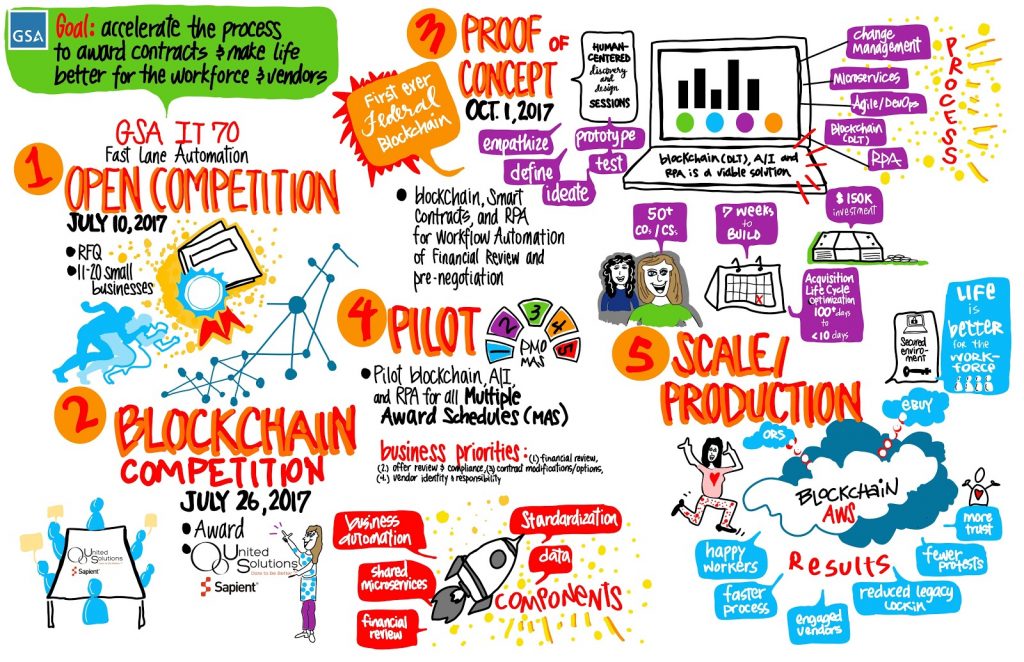
Every generation of wireless technology has enabled new business models, increased our connectivity, and changed our lives in unimaginable ways. 5G is poised to do the same. 5G enabled devices in the Internet of Things (IoT) will allow huge numbers of sensors and devices to gather incredible amounts of data and transmit the data at remarkable speeds over wide distances. We are going to see a new wave of information enabled in government and industry. Instead of your phone or laptop acting as the processor, it will sit inside the edge of the 5G infrastructure. This will allow things like driverless vehicles and telemedicine.
5G will provide the digital infrastructure that will shape the quality of life of most of the earth’s population. Yes, it will load web pages and play videos on your phone 10 to 20 times faster than 4G. Mobile devices will spend less time processing data, which will consume less power, which will result in extended battery life. But these are little advances compared to what is possible.
The true potential is how the technology can quickly transfer data between devices in lots of different ways. That ability means it will replace cable and WiFi networks in homes, offices, campuses, military bases, and even whole cities.
What does 5G mean for government?
Because it enables the IoT, 5G is one of the more important emerging technologies. Thanks to 5G’s flexibility, every level of government will use 5G as IoT enters the public sector. Consider these applications:
- Replacing outdated telecommunications and network technology in public buildings and facilities.
- Allowing for advanced automation and security processes at logistics centers and the nation’s ports.
- Supporting augmented and virtual reality (VR) applications in our national laboratories.
- Monitoring regional and interstate entities power grids to keep pace with fluctuating demands.
- Providing traffic control and managing fleets of self-driving vehicles in cities.
U.S. policy considers 5G a strategic national asset, and the legislative and executive branches are actively working to reallocate spectrum for its use. The National Institute of Science and Technology (NIST) is developing standards and testing 5G technologies. The Department of Homeland Security (DHS) is focusing on cybersecurity threats unique to 5G. Recently, the White House issued an executive order to proactively create and secure commercial supply chains in a 5G future.
How can my agency get 5G?
We are uniquely positioned to fulfill our customers’ needs and help prepare for 5G implementation.
GSA’s Enterprise Infrastructure Solutions (EIS) contract and Schedule 70’s SIN 132-53 Wireless Mobility Solutions both cover 5G services and infrastructure.
What’s next?
We’ll be explaining how 5G works, how it will be deployed, and the steps we’re taking to deliver it to our customers. We’ll soon release a white paper outlining our approach to 5G implementation.
On October 3, we’re hosting a 5G Technology Customer Event, where we’ll address how 5G makes concepts like network slicing and edge computing possible. Email wireless@gsa.gov to get on the invite list.

